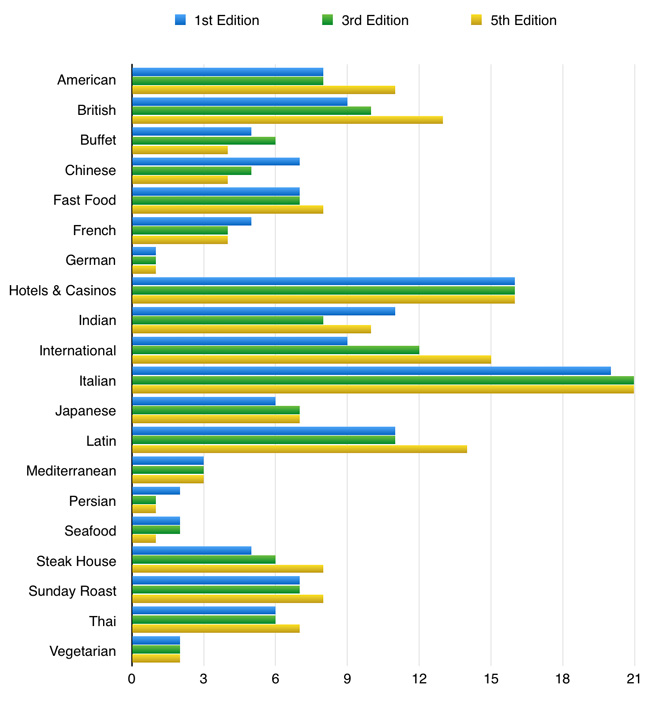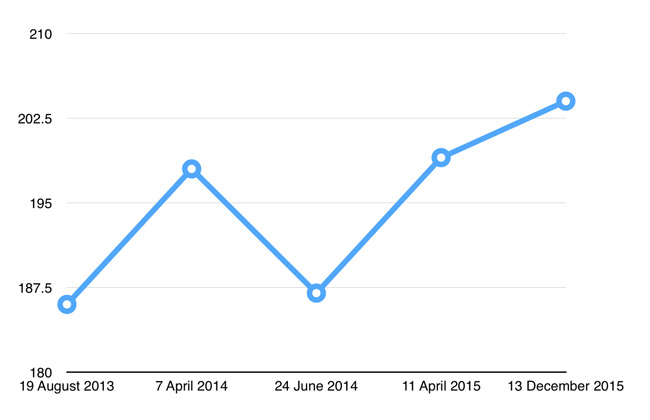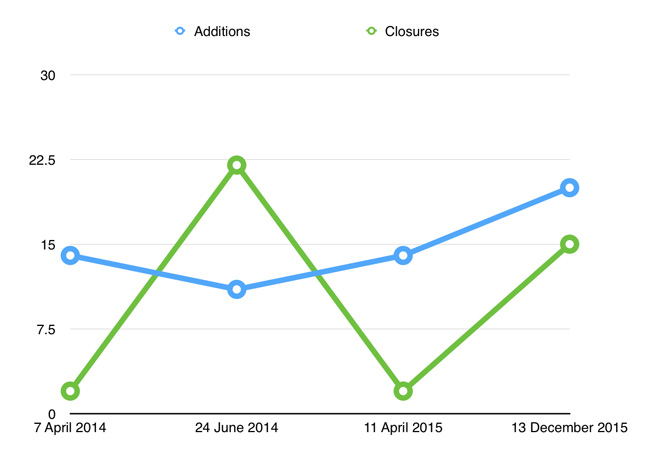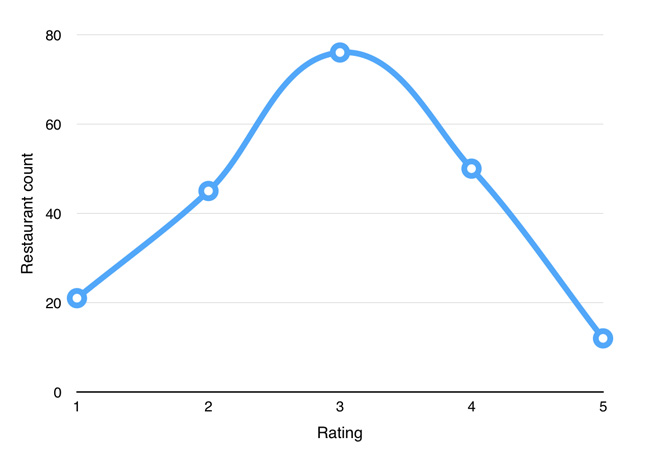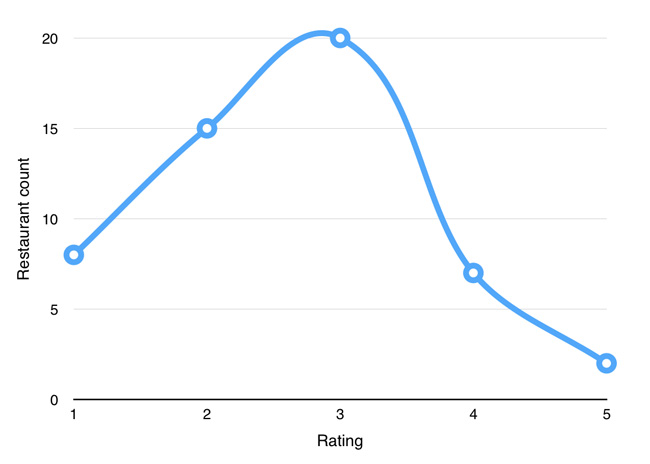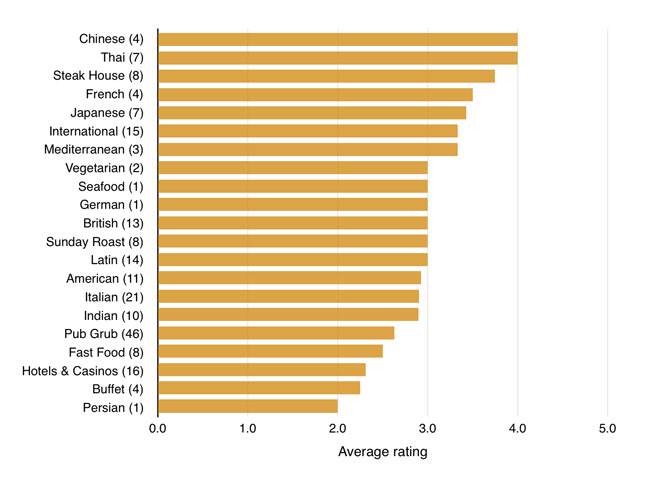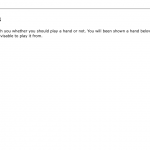Who should survive the Euro 2016 groups?
Saturday, June 18th, 2016 | Sport

When you make it to the finals of Euro 2016, you are allocated to one of six groups. The top two teams from each group, after three matches, get a pass into the round of 16. An additional four teams also make it through.
But should we expect to see there? One way to calculate it is to work out how tough each group is. By taking each team’s world rankings and averaging them, we can see how tough each group is.
Group
Teams
Rank
A
France, Switzerland, Romania, Albania
24
B
England, Wales, Slovakia, Russia
22.5
C
Germany, Poland, Northern Ireland, Ukraine
18.75
D
Croatia, SPain, Czech Republic, Turkey
20.25
E
Italy, Ireland, Sweden, Belgium
20.5
F
Hungary, Ireland, Portugal, Austria
18
A lower number represents a tough group and a higher number represents an easier group. This suggests England is in one of the easiest groups: only group A has a lower average world ranking, and this does not factor in the home-field advantage that France has.
We can then compare the team ranking to the average group ranking to see who should find it easiest to quality.
Team
Difference
Belgium
+18.5
Germany
+14.75
Spain
+14.25
England
+11.5
Ireland
-12.5
Sweden
-14.5
Iceland
-16
Albania
-18
I have shown the top and bottom four here. The other home nations do not find themselves at the bottom of the table, which is positive news too. Having said this, the difficultly of the group makes little difference: all of these teams are in the same order as if you had just taken the world rankings. So how tough your group is, is probably not a factor.

When you make it to the finals of Euro 2016, you are allocated to one of six groups. The top two teams from each group, after three matches, get a pass into the round of 16. An additional four teams also make it through.
But should we expect to see there? One way to calculate it is to work out how tough each group is. By taking each team’s world rankings and averaging them, we can see how tough each group is.
| Group | Teams | Rank |
|---|---|---|
| A | France, Switzerland, Romania, Albania | 24 |
| B | England, Wales, Slovakia, Russia | 22.5 |
| C | Germany, Poland, Northern Ireland, Ukraine | 18.75 |
| D | Croatia, SPain, Czech Republic, Turkey | 20.25 |
| E | Italy, Ireland, Sweden, Belgium | 20.5 |
| F | Hungary, Ireland, Portugal, Austria | 18 |
A lower number represents a tough group and a higher number represents an easier group. This suggests England is in one of the easiest groups: only group A has a lower average world ranking, and this does not factor in the home-field advantage that France has.
We can then compare the team ranking to the average group ranking to see who should find it easiest to quality.
| Team | Difference |
|---|---|
| Belgium | +18.5 |
| Germany | +14.75 |
| Spain | +14.25 |
| England | +11.5 |
| Ireland | -12.5 |
| Sweden | -14.5 |
| Iceland | -16 |
| Albania | -18 |
I have shown the top and bottom four here. The other home nations do not find themselves at the bottom of the table, which is positive news too. Having said this, the difficultly of the group makes little difference: all of these teams are in the same order as if you had just taken the world rankings. So how tough your group is, is probably not a factor.
